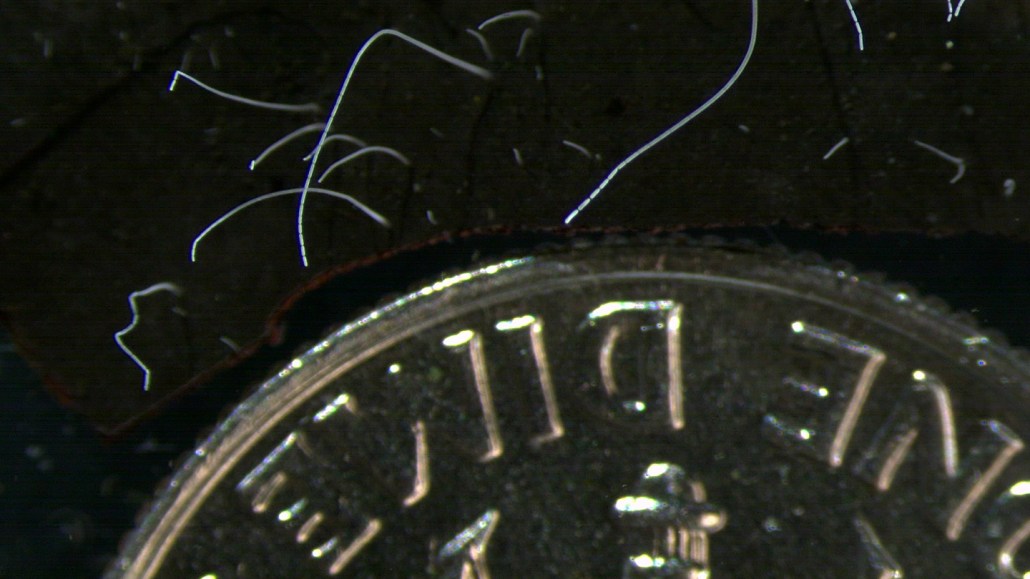
With an average length of 1 centimeter, Thiomargarita magnifica bacteria (several pictured) are big enough to see with the naked eye.
Tomas Tyml

With an average length of 1 centimeter, Thiomargarita magnifica bacteria (several pictured) are big enough to see with the naked eye.
Tomas Tyml